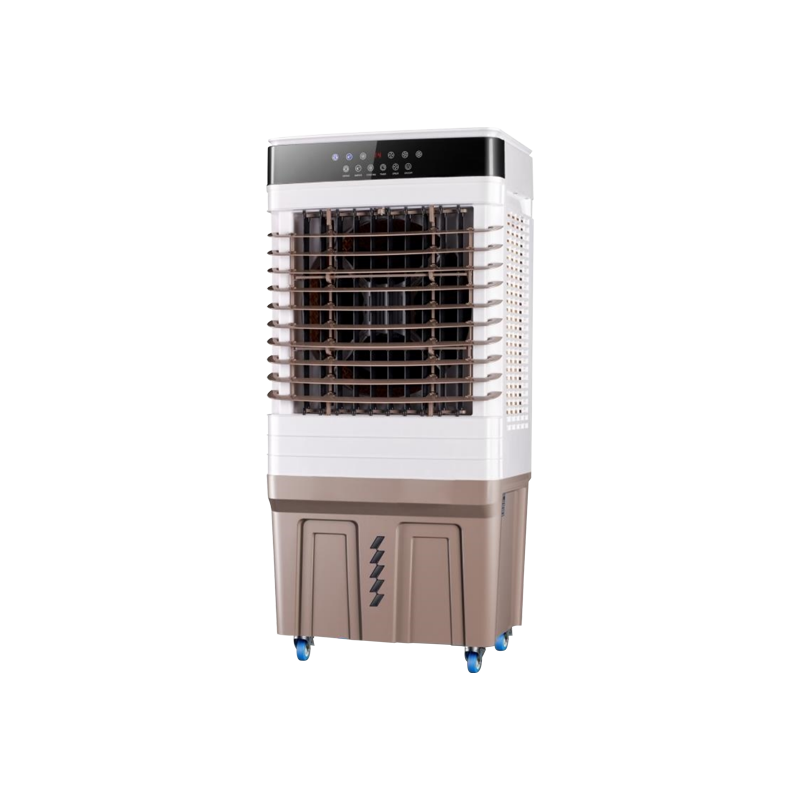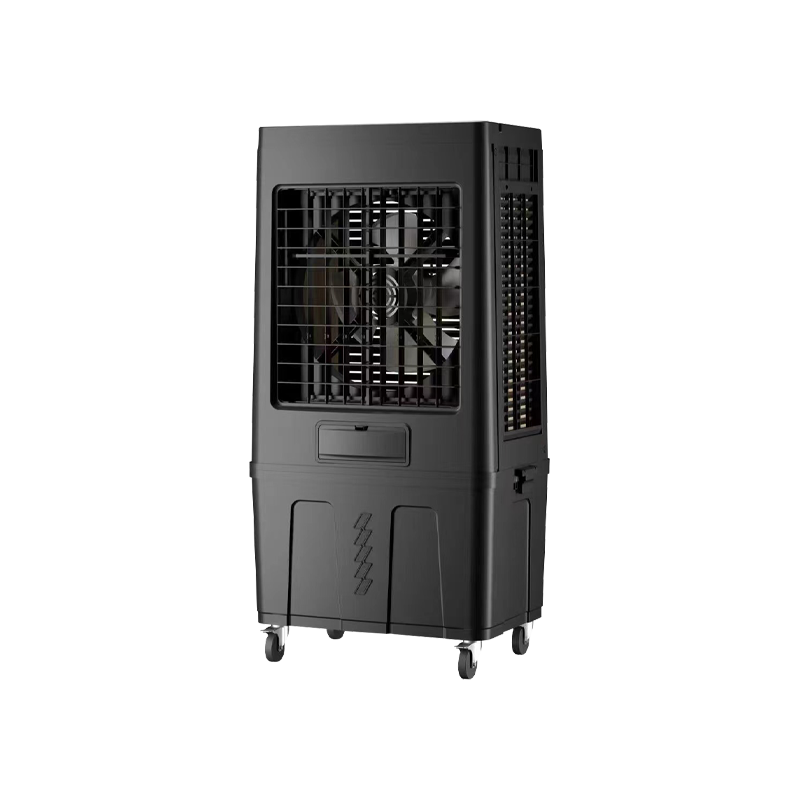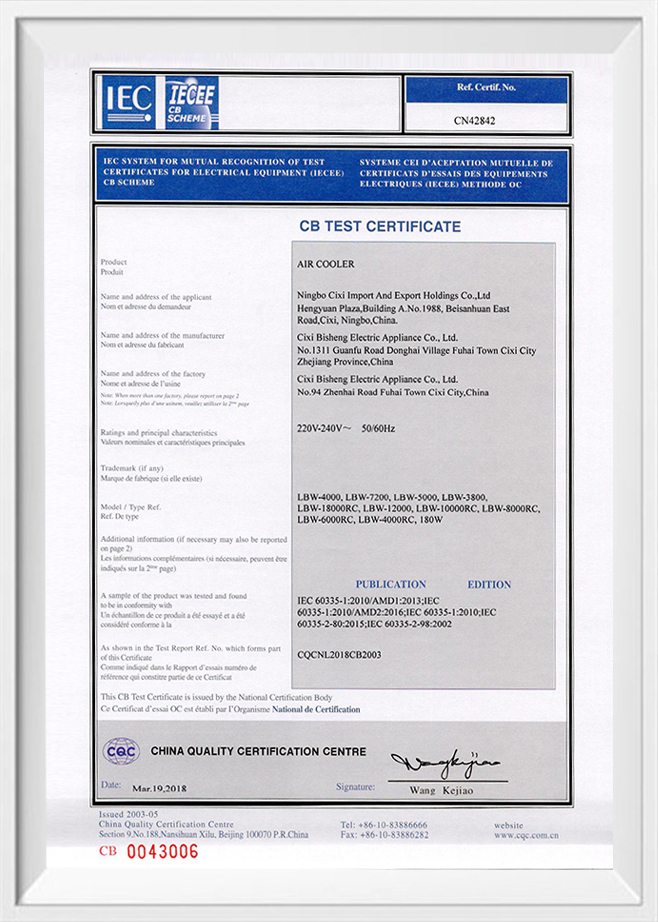Specific working principle of evaporative cooling technology
Evaporative cooling technology uses the latent heat of vaporization when the fluid boils to remove heat. When a fluid (such as water) changes from liquid to gas (i.e. evaporates), it absorbs a large amount of heat, which is called the latent heat of vaporization. Since the latent heat of vaporization of the fluid is much greater than its specific heat, the cooling effect of evaporative cooling is usually more significant than the traditional cooling method that uses specific heat to absorb heat.
For 3-In-1 evaporative low-noise air coolers (such as LBW-6000/LBW-6000RC), the way to achieve the cooling effect using the evaporation principle usually includes the following steps:
Water tank water supply: A water tank is provided inside the product to store the water required for cooling. Users need to add water to the water tank before use.
Water evaporation: When the air cooler is started, the water pump will transport the water in the water tank to the evaporative filter or similar evaporative medium. These evaporative media usually have a large surface area and good water absorption to ensure that the water can be evenly distributed and fully evaporated. As the air flows, the water evaporates on the evaporative medium, absorbing heat from the air, thereby reducing the temperature of the air.
Air flow: The blower or fan inside the product will generate airflow to pass the air through the evaporative medium. In this way, the evaporated cold air will be blown into the room to achieve a cooling effect. At the same time, since the heat in the air is absorbed during the evaporation process, the humidity in the air will also increase accordingly, but usually this increase is moderate and will not cause discomfort.
Circulation and adjustment: In order to maintain a continuous cooling effect, the product usually designs a circulation system so that water can be continuously transported from the water tank to the evaporative medium, and recovered or discharged in some way (such as a condenser) after evaporation. In addition, users can also adjust the product's wind speed, temperature and other parameters through the control panel or remote control to meet different cooling needs.

 English
English 中文简体
中文简体 Español
Español





















